The downtown Ottawa conference room where we meet Jagmeet Singh is a few blocks away from Parliament Hill, and it has all the trappings you might expect of the federal NDP’s meeting space.
There is a bust of Jack Layton, a framed picture of Tommy Douglas, and a map of Canada that hangs on an orange wall showing the results of the 2011 federal election and its orange wave across the nation.
There are no signs, in this room, of the more recent 2015 election that saw the NDP lose its footing in Quebec, Greater Toronto, and elsewhere as Justin Trudeau’s Liberals swept to power.
Instead, that 2011 map points to questions asked repeatedly by those watching the NDP leadership race this summer: who can reproduce Jack Layton’s historic results? Who could go further, and become the first NDP prime minister of Canada?

Singh, the newly-minted party leader, enters the room. Eyes on the screen of a held-up smartphone that stands in as a mirror, he re-wraps his purple turban while explaining how his long face is best served by a wrapping style that he has adapted over the years. In front of the camera, he says he’s “off the crossed arms” as he responds to National Observer photojournalist Alex Tétreault’s directions. He jokes about stealing Tétreault’s photos for his Instagram account.
It’s been two weeks since he became the leader of the third party. And, he says, “sometimes it feels like two minutes, and sometimes it feels like two years.
“I’m just really overwhelmed by how incredible the response has been, it’s beyond my wildest imagination the amount of open spirit, excited vibes I’m getting from people, and people seem really excited about the work we can do together.”
Later in the interview, he says of leadership, "It’s an incredible honour, I can’t get over it. I’m humbled by it. I walk around Ottawa and sometimes I get hit by it: ‘Wait I’m walking around Ottawa because I’m the leader of this party, that’s so cool.’"
If you’ve watched or read an interview with Singh, this scene isn’t very surprising. It is likely the approach that had the Washington Post reporting, in August and before Singh won the NDP leadership, that he might “out-Trudeau Justin Trudeau.”
Making friends, reducing carbon emissions
But as we move on to Singh’s environmental policies, he is quick to distinguish himself from the prime minister’s record.
“The environmental commissioner made it clear two weeks ago that the Liberal government has not taken any action, that in fact we’re not going to meet our (climate change goals under the) Paris agreements, we’re not even going to meet the targets set by the Harper Conservatives,” Singh says.
"We are talking about reducing emissions, and we’re talking about action on climate change, not just campaigning on it and then once getting elected having the evidence show that there’s been no significant action taken.”
Singh’s goal is to see Canada reduce its greenhouse gas emissions to 30 per cent of 2005 levels by 2025 — five years earlier than the Liberals aim for. To do this, he proposes a cross-section of approaches that include — but aren’t limited to — a national public transit strategy, increasing the affordability and availability of zero-emission vehicles while putting a levy on high-emission vehicles, phasing out taxpayer-funded fossil fuel subsidies by 2020, and realizing a renewable energy supergrid.
All of it requires real buy-in from provinces, territories, and municipalities.
"The way to achieve our goals is to work with provinces, not against provinces," Singh says. "I’m committed to that type of relationship, where we work with our provincial counterparts and look at how we can achieve our goals without using a one-size-fits-all approach, because there’s going to be different realities regionally and we need to be sensitive to those differences."
For two years, the Trudeau government has been trying to get the provinces to develop their own carbon pricing systems. Trudeau has convinced almost all of the provinces and territories to participate in a national plan to tackle climate change. Still, Saskatchewan and Manitoba continue to refuse to participate in systems that would impose penalties on polluters.
“Well Brad Wall’s now resigned, so that’s going to be easier, to bring on Saskatchewan,” Singh responds when asked about these hold-outs, and the challenge of getting everyone on-side for the kinds of national planning he wants to see.

Kinder Morgan and differences within the NDP
But potential hold-out provinces aren't the only challenge Singh faces.
On the party's western flank, two NDP premiers stand on different sides of the proposed extension of the Kinder Morgan Trans Mountain pipeline that would see more oil from Alberta's oilsands make its way to more tankers in the Lower Mainland.
Alberta Premier Rachel Notley — whom Singh holds up as an example of a leader "who’s launched the most aggressive and comprehensive climate change plan in Canada" — is a fierce supporter of the project. New B.C. Premier John Horgan has said he'd use "every tool available" to stop it. The project was challenged in court in Vancouver last week, and both provinces had intervener status.
"I think it’s important for me to really step back and look at the similarities. In terms of policies in general, we have an incredibly progressive provincial government in Alberta and B.C. That’s amazing. Their position on economic justice, on social justice, on human rights — phenomenal," Singh says.
"On what might be contentious issues, I think it’s also important that there’s still similarities. Both provinces believe that we need to protect the environment. Both provinces believe that we need to make sure workers have good jobs. So we actually have a lot in common. Working on that really common basis, we can find ways to work together. And I’m confident that even on the issues that are contentious that we’ll be able to find ways to move forward."
For his part, Singh does not support the Kinder Morgan pipeline. To support a project, he says, he would need to see that there was prior and informed consent from First Nations, that it aligned with Canada's climate change goals, and that it creates local jobs "as opposed to just exporting raw goods."
“I’ve indicated that I’m not supportive of Energy East — no longer an issue — and that based on these three criteria I don’t also support the Kinder Morgan project.”
On Tuesday, Singh says he has spoken to Notley, but not yet to Horgan. He and Notley spoke about Alberta's oilsands
"She’s talked about how much her province and her environmental minister and the entire team are committed to protecting the environment, and they have a great plan to back that up. (She) talked about the reality of workers and the fact that workers need to be able to have ... the ability to have a living and the ability to live their lives," he says. "It was very helpful for me to hear from her, to hear those two big concerns, the commitment to protect the environment and also understanding the reality of workers."

Future jobs and future energy
Overall, Singh says certain sectors are facing a harsh economic reality. But when asked what that would mean for today's oilsands workers in 2030, the NDP leader responds by talking about other emerging sectors.
"If you asked anyone working in any job, whether it’s, you know, in one region (of) the country or another, if you ask them, 'Hey do you want to have a job that lasts five years, 10 years, or a job that lasts your lifetime, that will last as long as you’re able to earn?' Everyone’s going to say, 'I’d rather have a job that lasts for a lifetime, that lasts my entire working life,'" Singh says.
The oilsands sector has been slumping since global oil prices crashed in the fall of 2014. Although Canada has the world's third largest reserves of crude oil after Saudi Arabia and Venezuela, the oilsands sector has traditionally struggled to compete with other markets because bitumen, a tar-like heavy oil found beneath the boreal forest in northern Alberta, takes massive amounts of energy and water to produce. This adds extra costs to production that make it difficult for Canadian producers to make a profit and lower their environmental footprint.
"There are certain sectors that aren’t going to be able to create jobs that are long-lasting. That’s just the economic reality, given the shift that we’re seeing," Singh says.
Part of Singh's solution is a national electricity grid: "We need to make investments in building a grid that will allow us to move into a future that’s going to rely more on electricity. And what does that look like? I’ve proposed some ideas, but some folks have talked about using the capacity of a federal government to build projects east-west that connect hydroelectric energy and the surplus green, clean energy that’s being produced in provinces like Manitoba and Quebec, and connect them nationally, and build a national grid that actually electrifies our country with sustainable renewable green energy so that we’re anticipating where society’s headed, we’re headed toward a society that will rely more and more on sustainable energy as opposed to non-sustainable energy, and then we should make investments that take us down that path. Those are jobs of the future.”
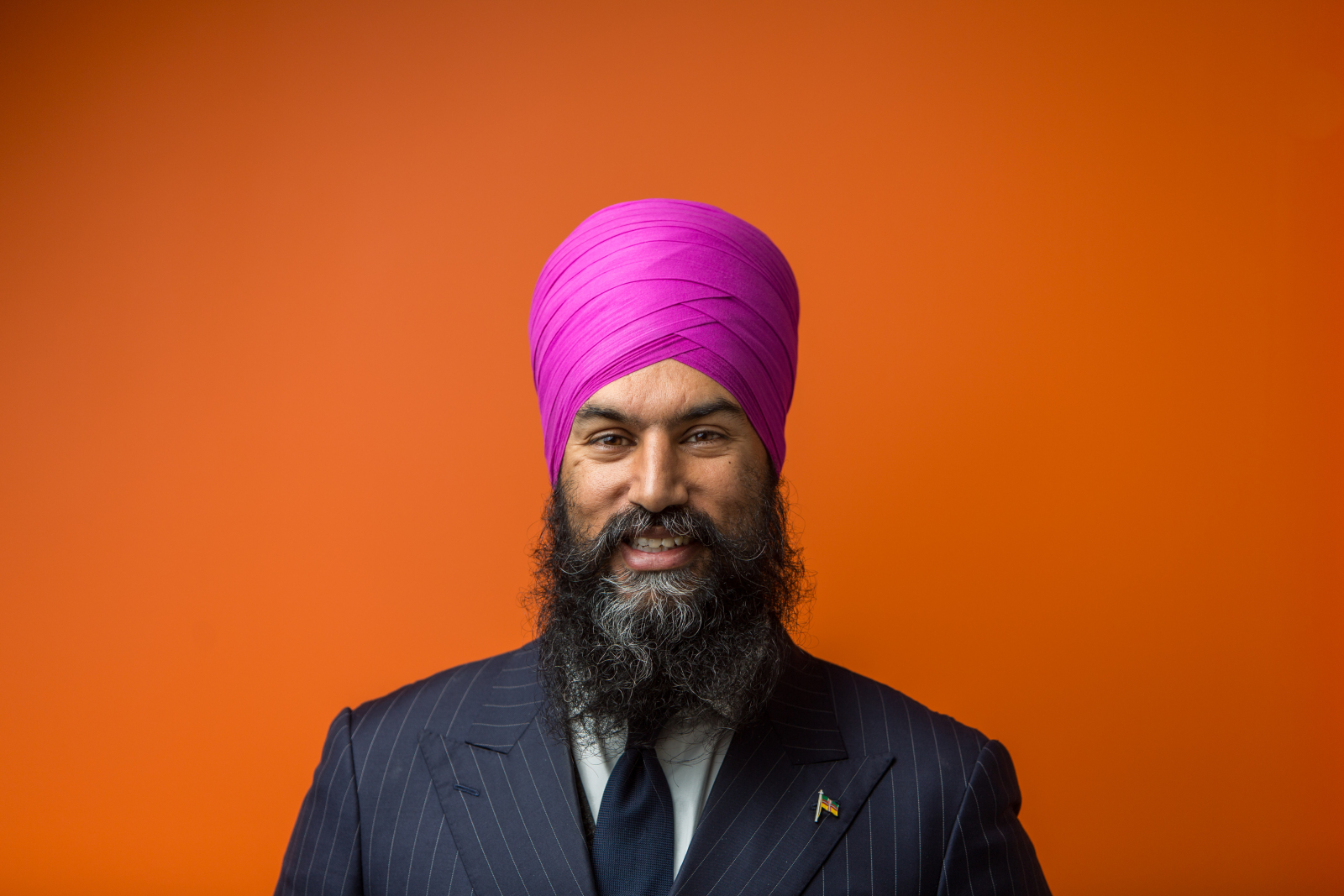
Singh says wind and solar power would fit into the grid as technology for storing energy improves.
He also envisions a national public transit policy that would be realized by working with cities.
"We need to make massive investments in public transit to not only make those cities more livable, but also to achieve our goals when it comes to climate change. If we have people that are able to make use of public transit as a viable alternative that is accessible and easy to use and gets people where they want to go, then we will reduce our emissions, we know that’s going to work," Singh says.
But he cautions funding can't be "one-off." Instead, he says, "We need to have an absolutely coherent vision of what are the pieces that are needed to get to our goal.”
European countries set an example, with their "phenomenal grids" that make moving between networks of trains and subway systems easy. Singh says cities like Vancouver and Montreal are "moving in the right direction," with public transit strategies and cycling infrastructure.
"I’ve talked about a national cycling strategy as well," he says. "I think we need to start looking at transport in also a kind of holistic way. There’s public transit, that’s a fundamental and vital part of transit, but also active transport and how we build up infrastructure to encourage people to be active. That’s not only going to make our cities healthier in terms of our pollution, but actually make our citizens, the people that live in our cities, healthier when there’s active transport as an option."
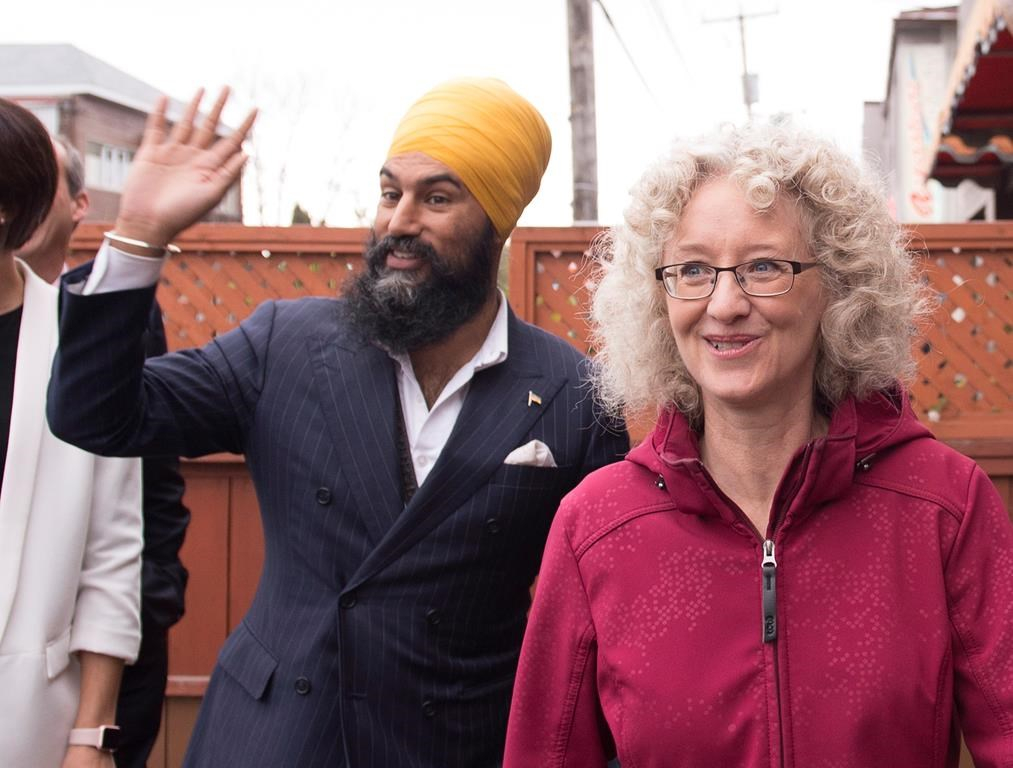
Up next
This week Singh was meeting with members of the NDP caucus on Parliament Hill. Next week, his party will be tested in two byelections — one in former interim Conservative leader Rona Ambrose's Edmonton-area riding, and one, more hotly contested, in Lac-Saint-Jean, Que.
Singh's campaigning in Lac-Saint-Jean, north of Quebec City, has captured headlines and prompted questions about whether he will be electable in the province.
The rookie leader has also experienced some testy exchanges with reporters that have taken on some racial overtones. But he maintains he has only experienced openness in his conversations with members of the public.
“If I’m honest with you, I thought maybe it would take a little more work to be able to connect with people in Lac-Saint-Jean, because maybe it’s a region that’s not as familiar with me, because it’s so far from where I am, I’m in Ontario. But even in Lac-Saint-Jean, people were incredibly warm, and really welcoming, and just excited, curious ... everything was just a great experience, and I find that everywhere I go."
- thank you. This is an
- thank you. This is an excellent article and actually suggests there is real hope for our future here in Canada. Well done.
A slight rise in royalties on
A slight rise in royalties on oil sands production in Alberta could finance jobs for oil and gas workers. They are desperately needed to clean up the mess left by inactive wells, many of which are undoubtedly leaking methane and unknown other contaminants into our air and water.
This would seem to be a very
This would seem to be a very good answer to the unemployment in that sector, probably these workers have a better handle on the solution then most.
A slight rise in royalties on
A slight rise in royalties on oil sands production in Alberta could finance jobs for unemployed oil and gas workers. They are desperately needed to clean up the mess left by inactive wells, which are undoubtedly emitting methane and toxic compounds into our air and water.



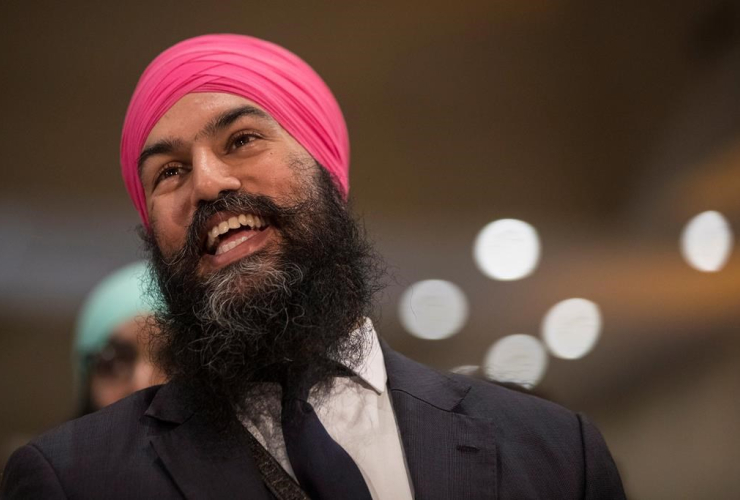
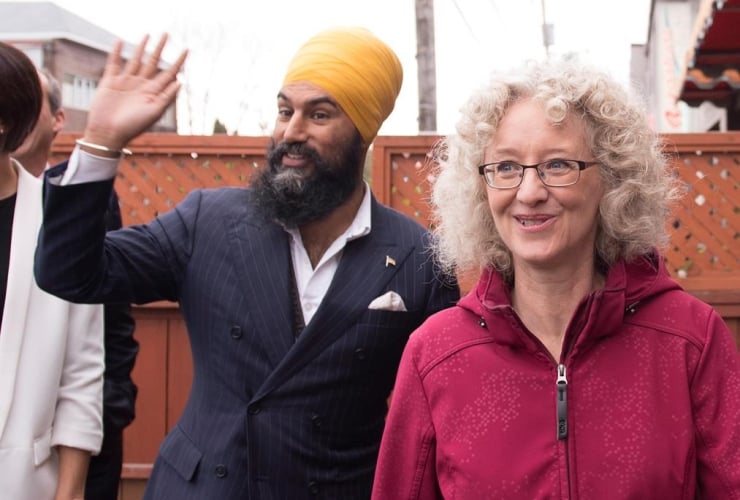
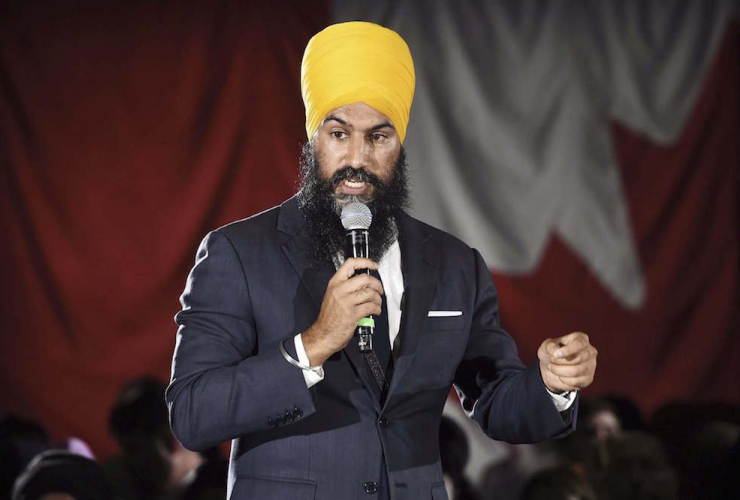
Comments